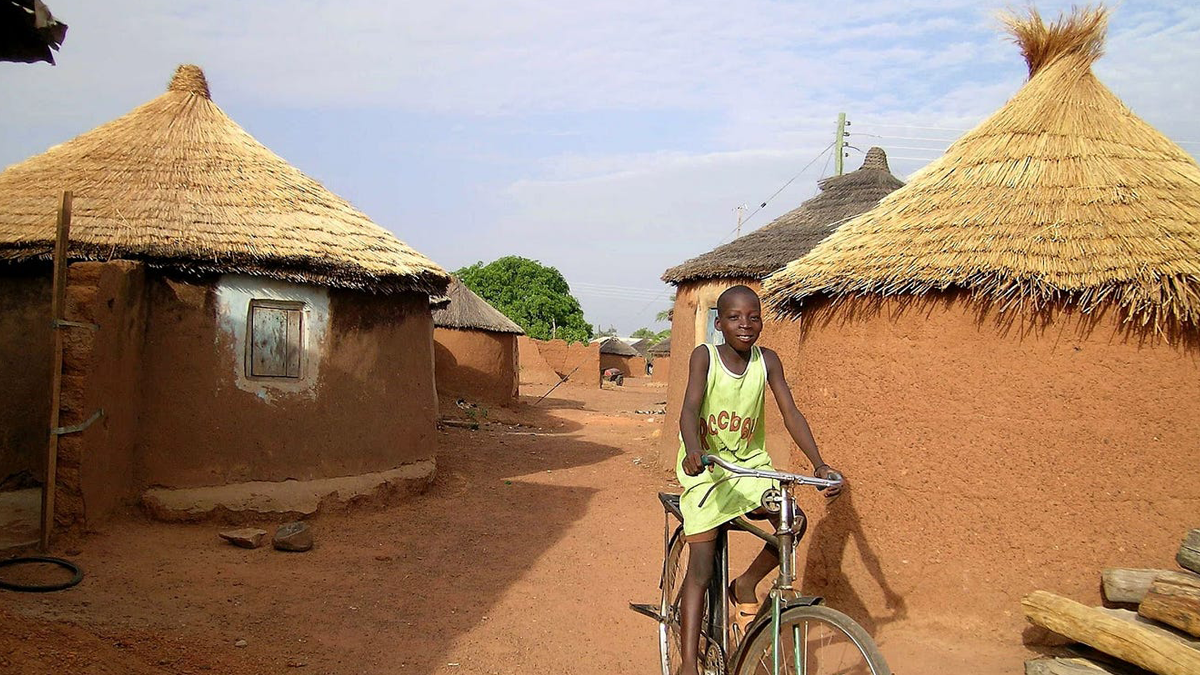
Do you want to know the other truth?
Our being a part of a society, which seems damned because of the comparisons often carried out by our minds based on what the media portrays as the ideal society in a modern world continues to harm our progress as a people belonging to an ethnic minority.
The People's Voice
Frameworks, Strategies, and Plans: Let’s Speak the Same Language for Northern Ghana’s Development
A recent news item by A1 Radio (101.1 MHz) sparked public debate when it quoted the CEO of the Northern Development Authority (NDA) as saying: “Northern Ghana has many NGOs and funding support, but there is no visible change. The truth is, the money rarely gets here.” The comment, interpreted by many as questioning the effectiveness of NGOs in the region, reopened long-standing concerns about development accountability and coordination in Northern Ghana.
Ghana News
Exclusive 1 with K9 Pioneers of Africa Boss – Kobina Andah
As an experienced breeder and owner of K9 Pioneers of Africa, he has invaluable nuggets for dog owners, breeders, and pet lovers. Therefore, we decided to do a random Q&A with this Dobermann aficionado.
Ghana News
Meet the Man breeding world-class Dobermanns in Ghana
Kobina Andah’s affinity with dogs came from a very young age. However, his introduction to the Dobermann breed as a child around the 1970’s, the love peaked.
The People's Voice
Charles Prempeh Admonishes in new article – WISDOM: GHANA, A NATION IN SEARCH OF “WHY” ANSWERS
If l were a leader, l will cut down all needless and pretentious democratic and political shows by 90 percent.
The too-knowing and half-baked, partisan journalists are sinking the nation.
Similarly, comprador civil society groups keep trading Ghana cheaply, keeping the nation in the orbit of perpetual recolonization.
The People's Voice
The perpetual fear every Ghanaian must endure in survival
Harboring fear leads to some form of stress, which can cause depletion of the immune system, errors in judgement and can even prevent one form making reasonable decisions. Fear leads to the loss of confidence, fatigue, anger explosions and sometimes stomach upsets.
The People's Voice
Recounting the Good Old Days as a Ghanaian Child
The younger kids who were not allowed to join the park for the sheer childhood reason of being “underage” satisfied themselves by dividing themselves into two different groups and played “Police and Thief”
The People's Voice
IF BEEF; THEN GET THE HELL OUT OF THE GAME
From obscurity many seek acceptance in mainstream music; from minority ethnic groups many want to be appreciated as a part of the big whole.
The People's Voice
Living with the NECESSARY EVIL
I grabbed the single bar that run above my head firmly with my right hand as the bus snailed its way through the long winding traffic.
-
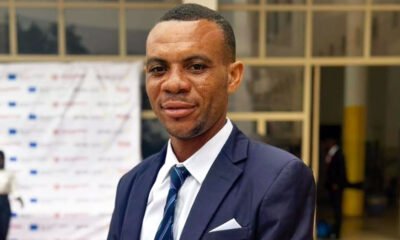
 Savanna News2 weeks ago
Savanna News2 weeks agoStephen Aeke Akurugo Pledges Support and Motivational Packages for Nurses and Midwives in Kassena-Nankana West
-
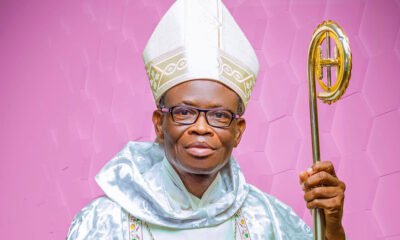
 Savanna News2 weeks ago
Savanna News2 weeks agoCatholic Bishop Expresses Concern Over Rising Teenage Pregnancies
-

 Savanna News1 week ago
Savanna News1 week agoSacred Heart Cathedral Parish in Bolgatanga Marks 100 Years
-
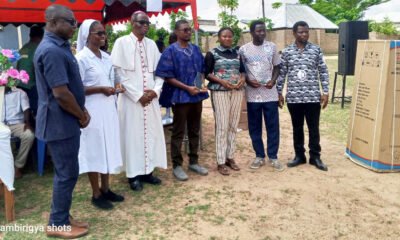
 Savanna News4 weeks ago
Savanna News4 weeks agoMost Rev. Alfred Agyenta Expresses Concern Over 1 Strike
-

 Ghana News4 weeks ago
Ghana News4 weeks agoPIN Codes for 2025/2026 National Service Released; Registration Deadline Set for July 1
-

 Savanna News2 weeks ago
Savanna News2 weeks agoActionAid Ghana Highlights Impact of Child Sponsorship Programme
-

 Ghana News2 days ago
Ghana News2 days agoGES Releases 2025/2026 Academic Calendar for Basic Schools in Ghana
-
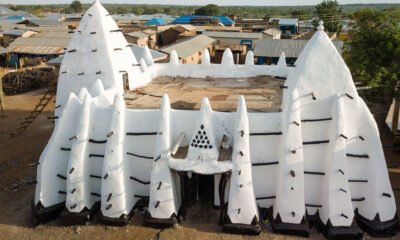
 Thesavanna Features1 week ago
Thesavanna Features1 week agoThe Larabanga Mosque: A Historical and Cultural Gem of West Africa

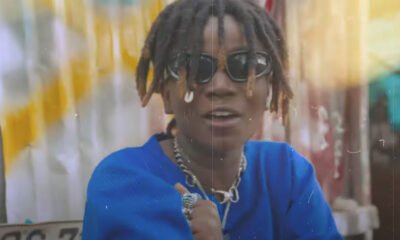







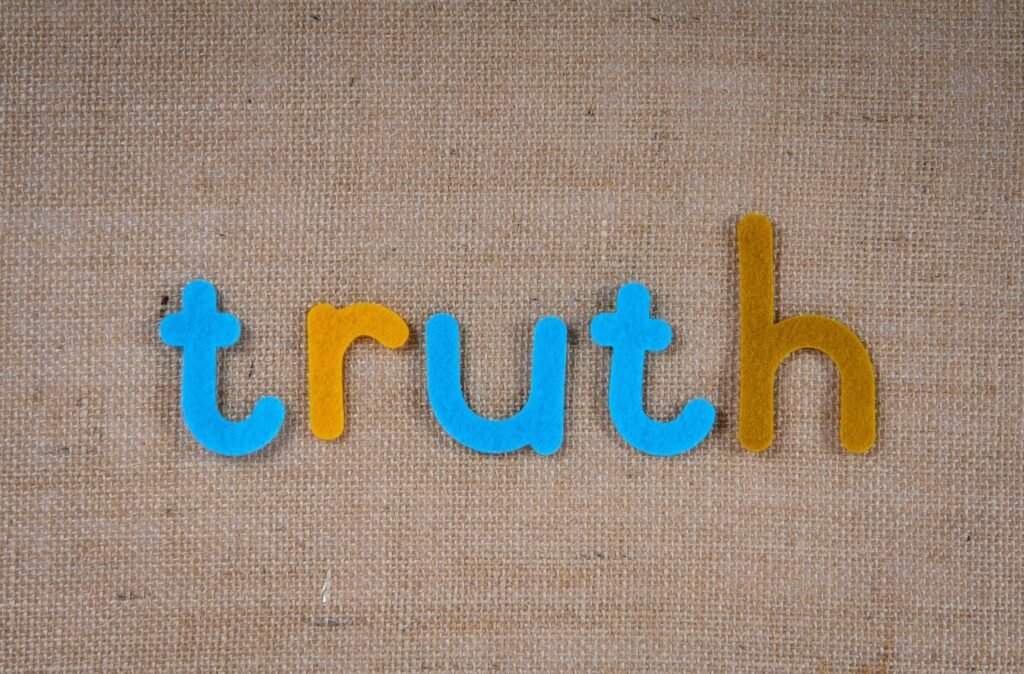



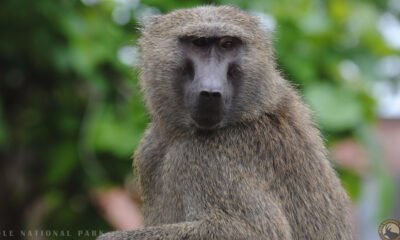





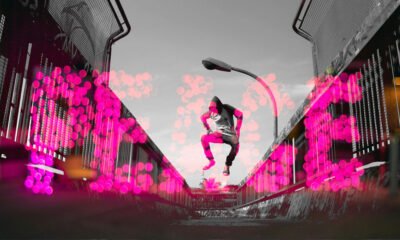

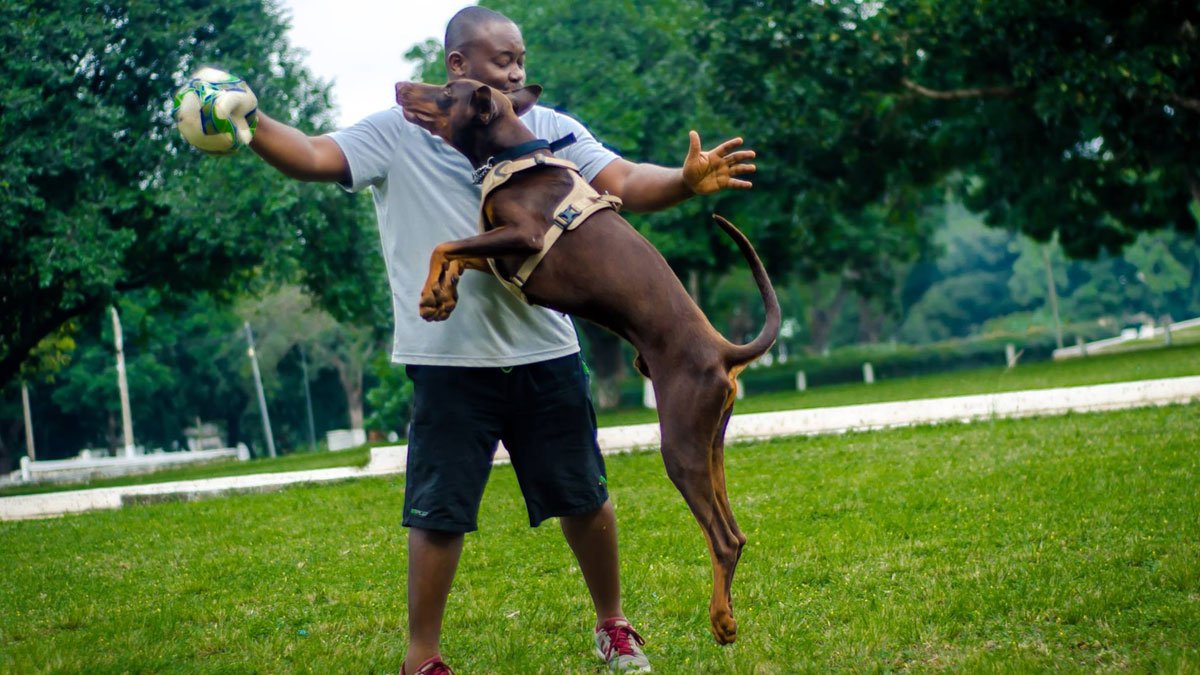
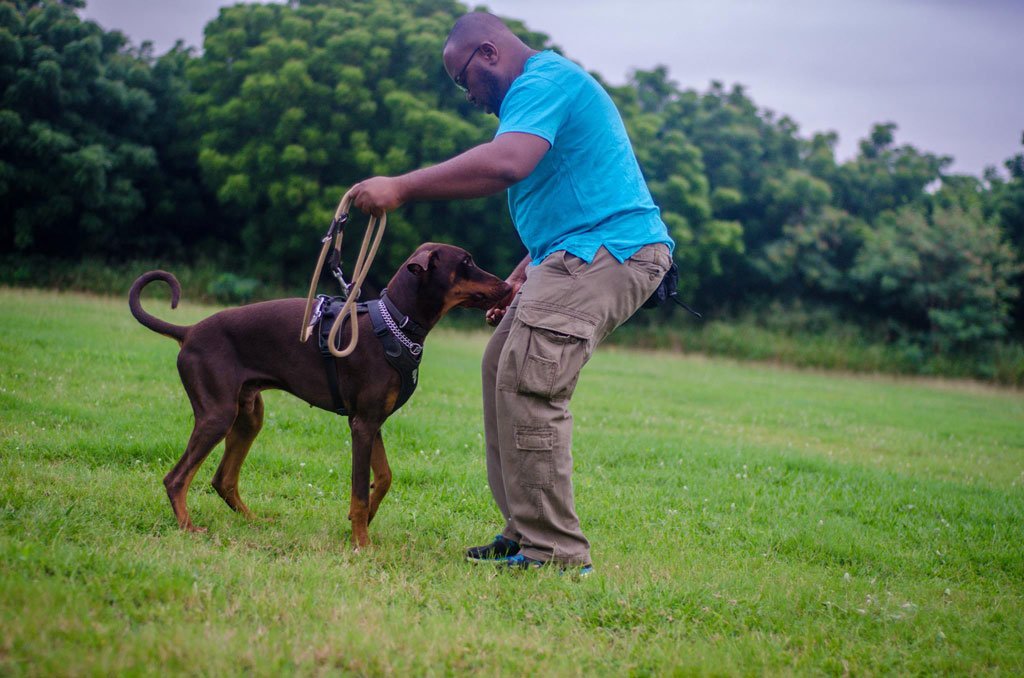
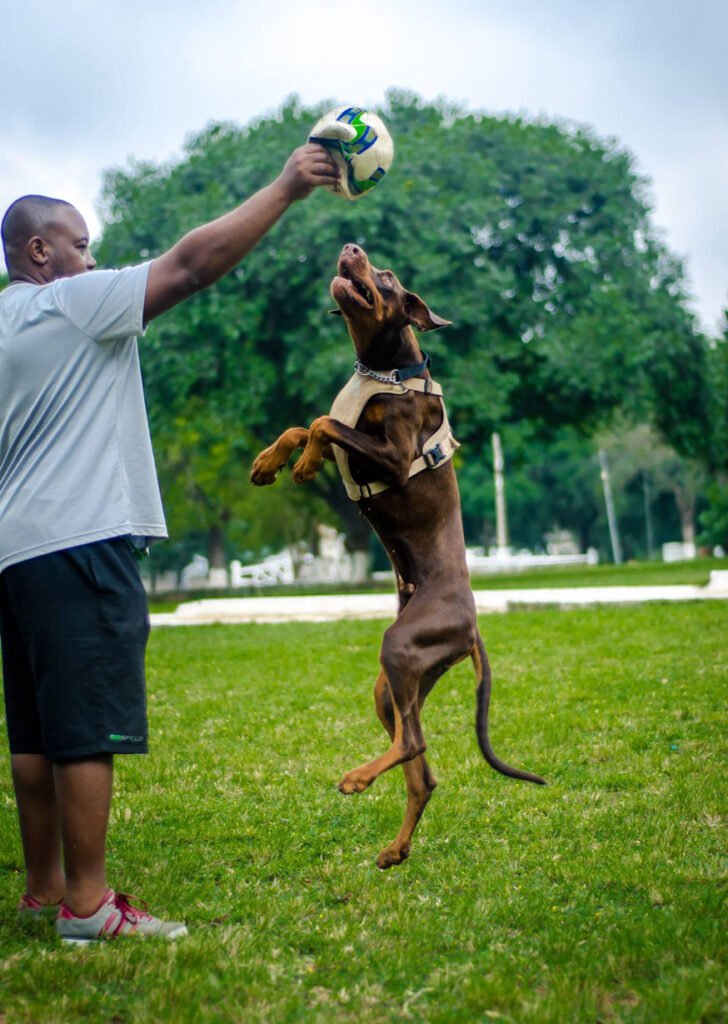
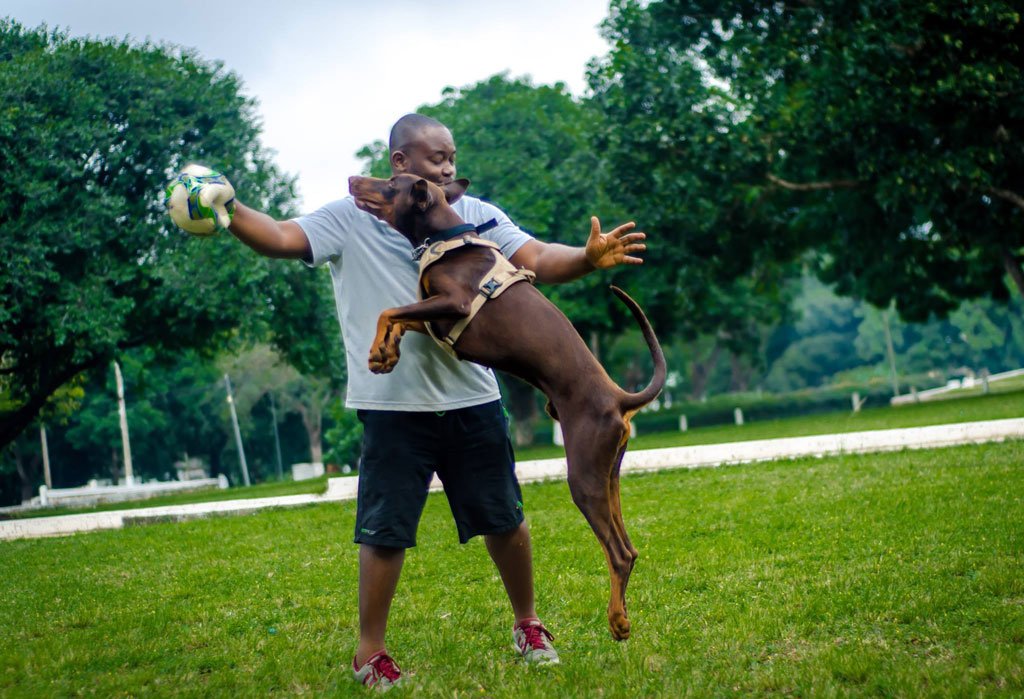
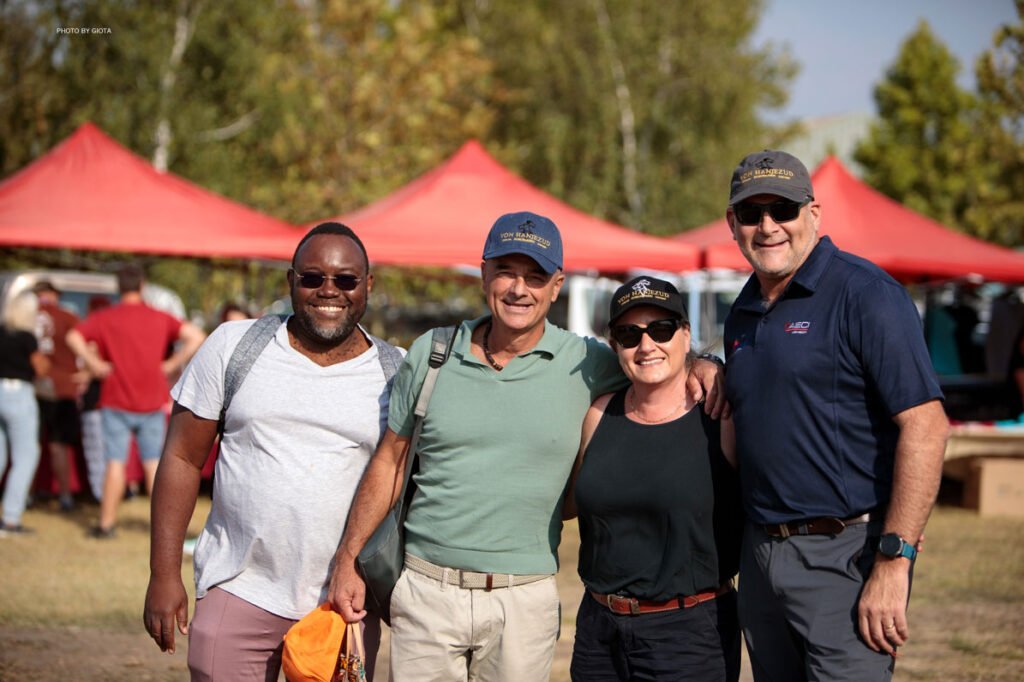
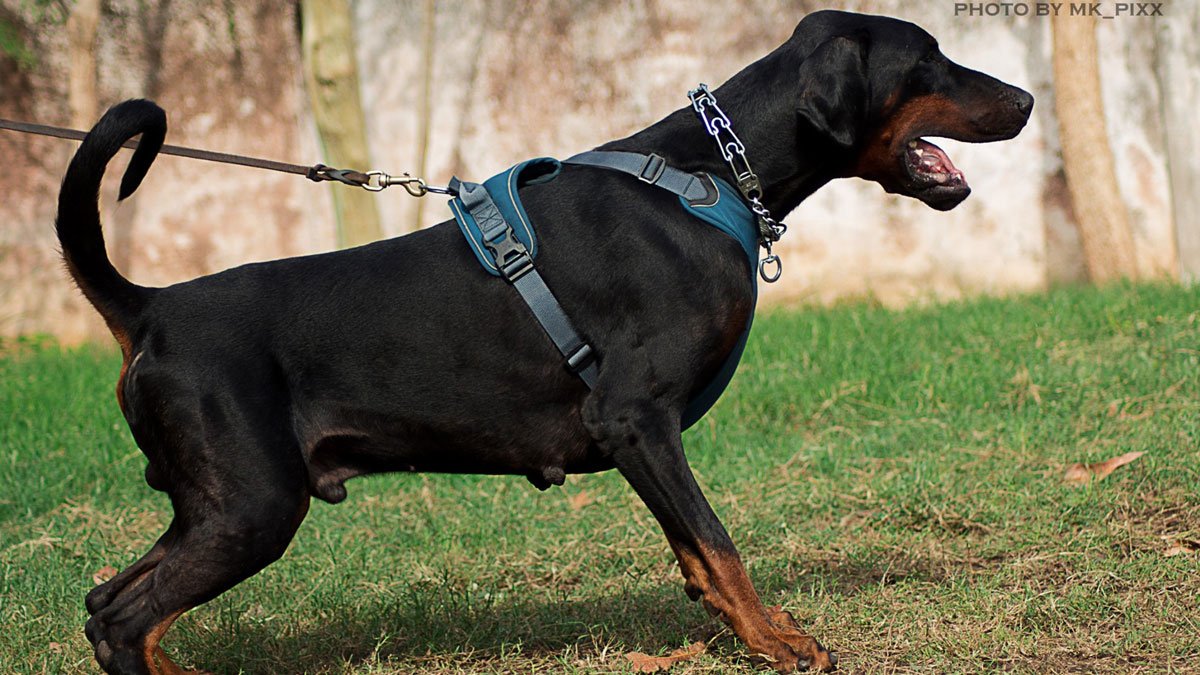
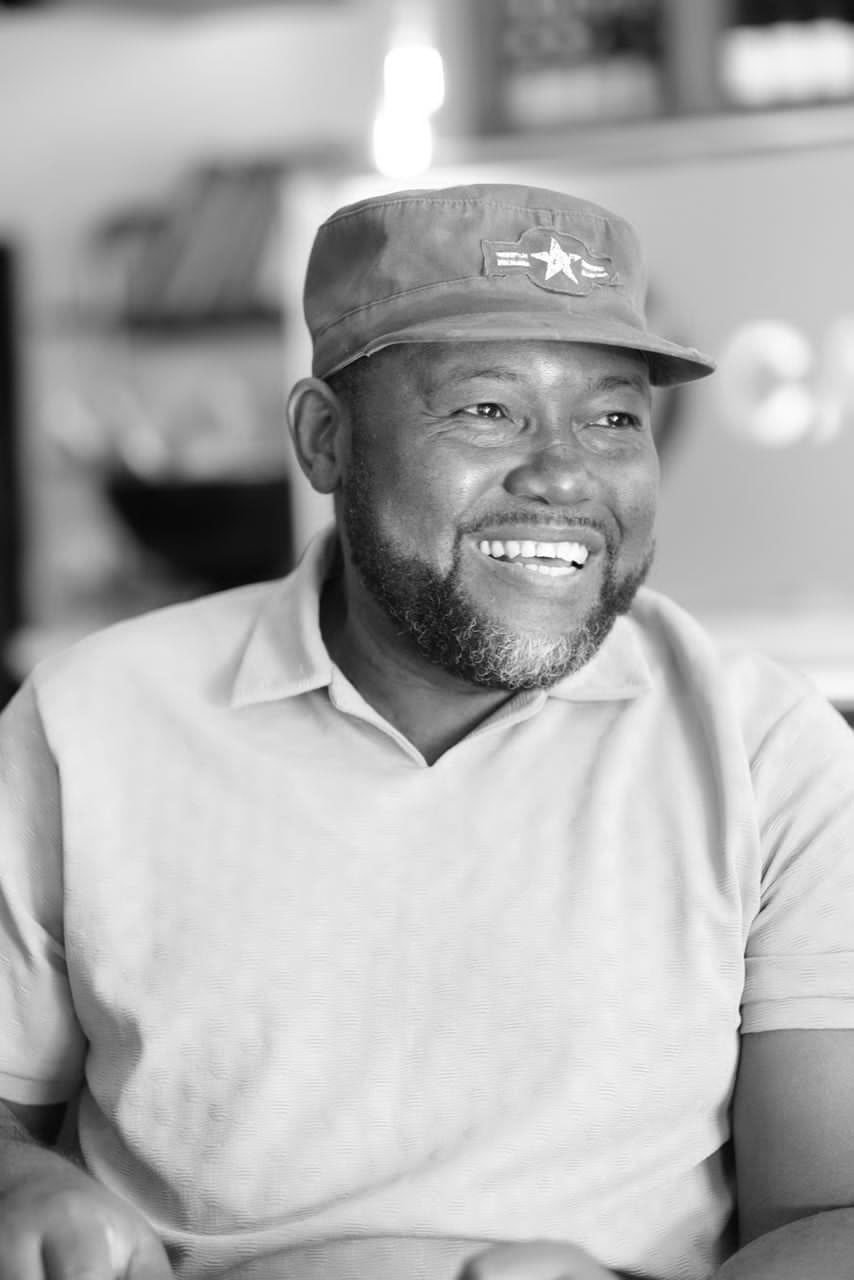
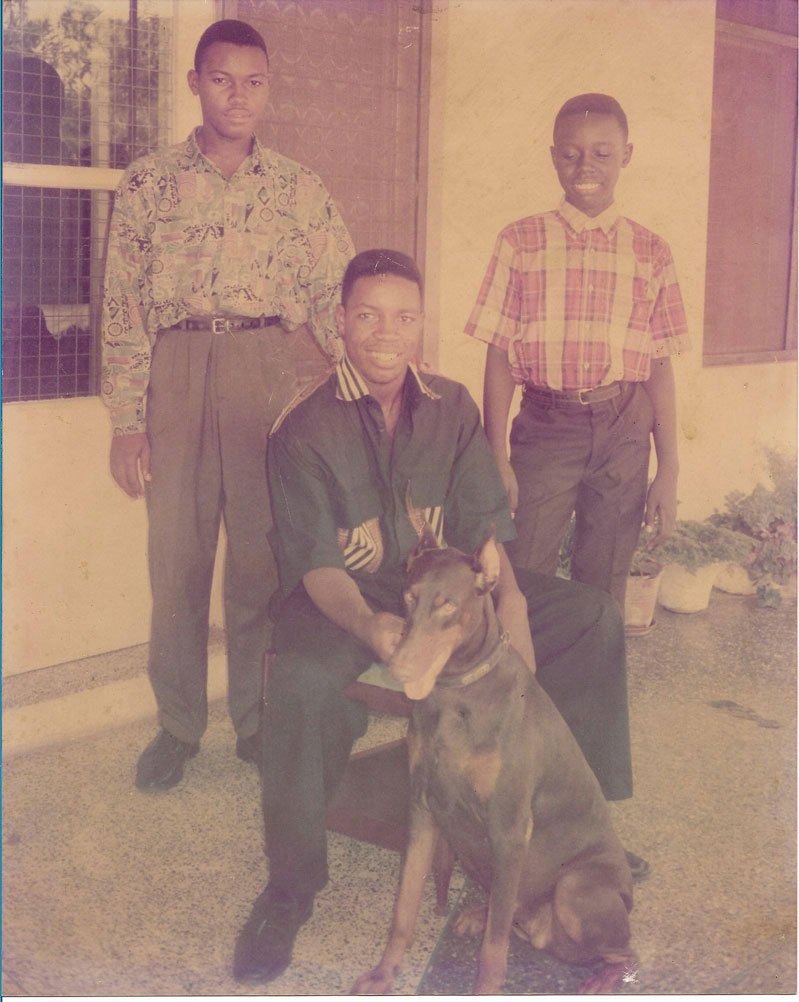
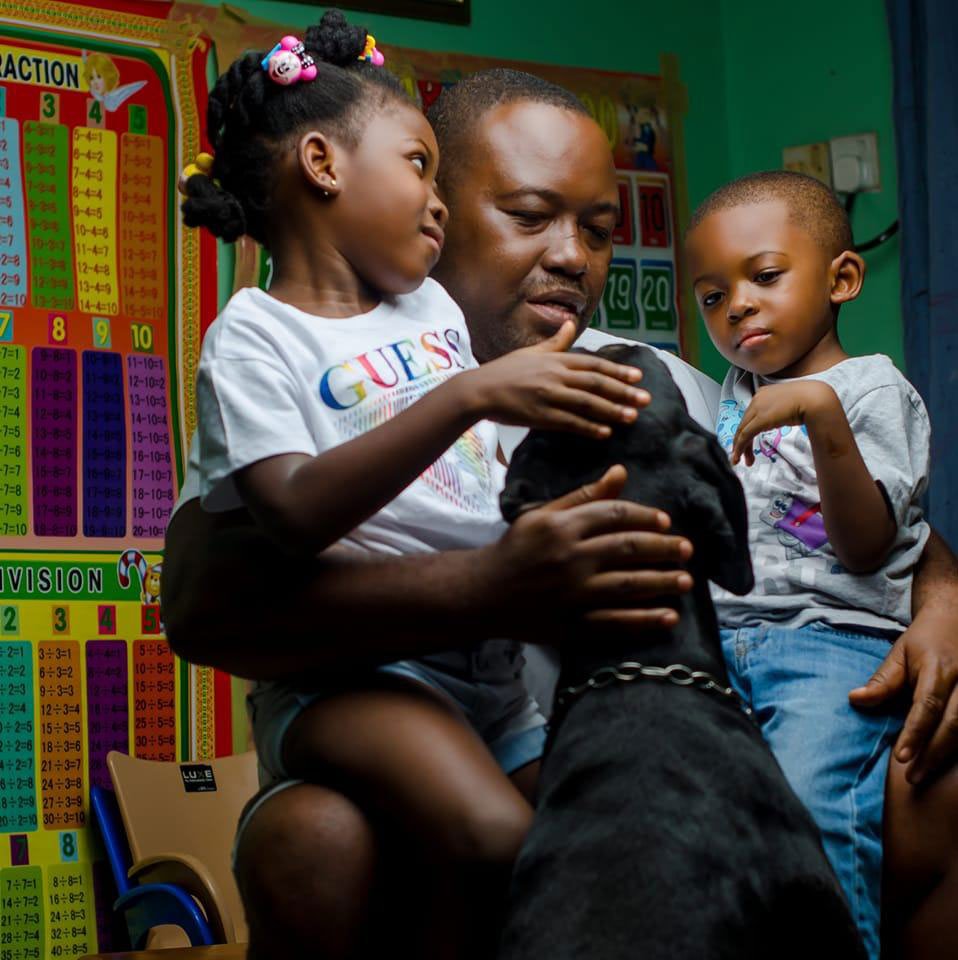
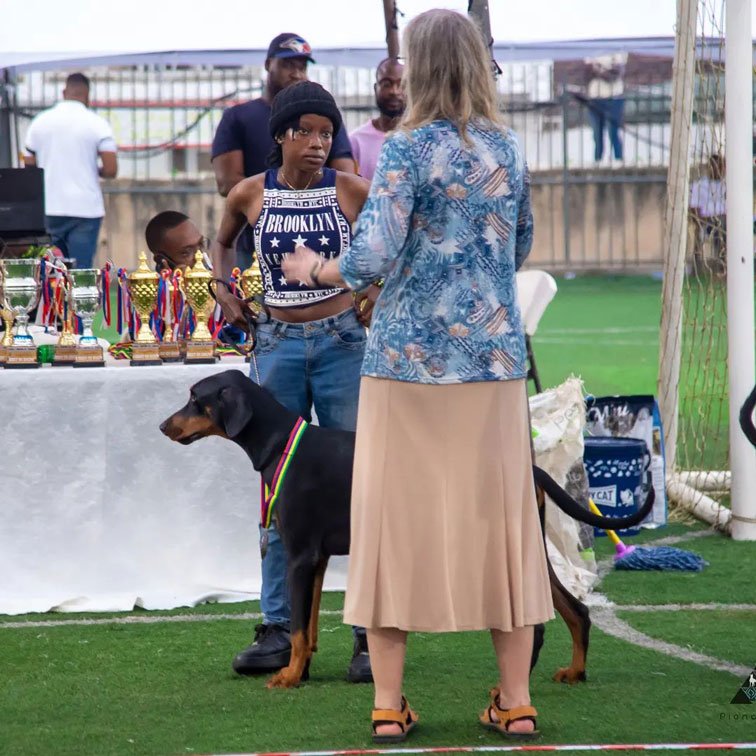
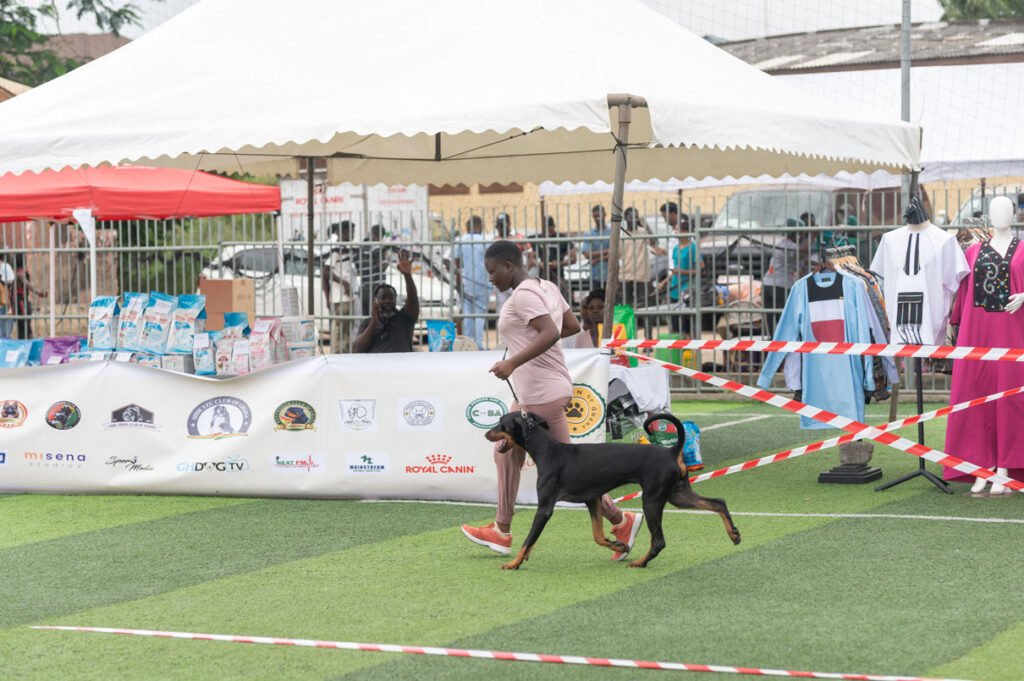
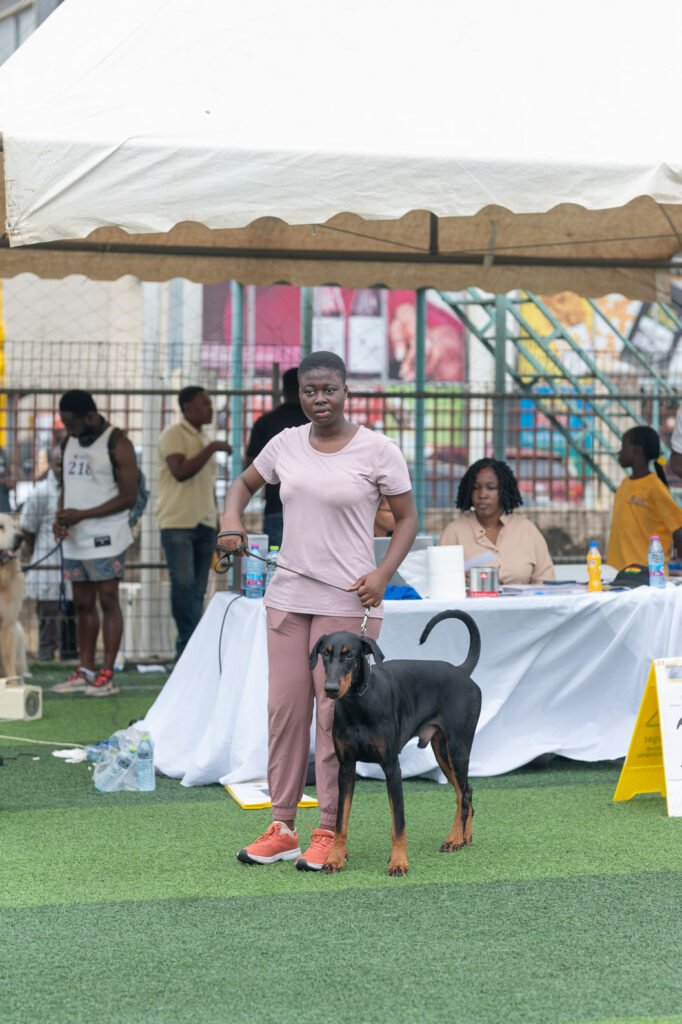
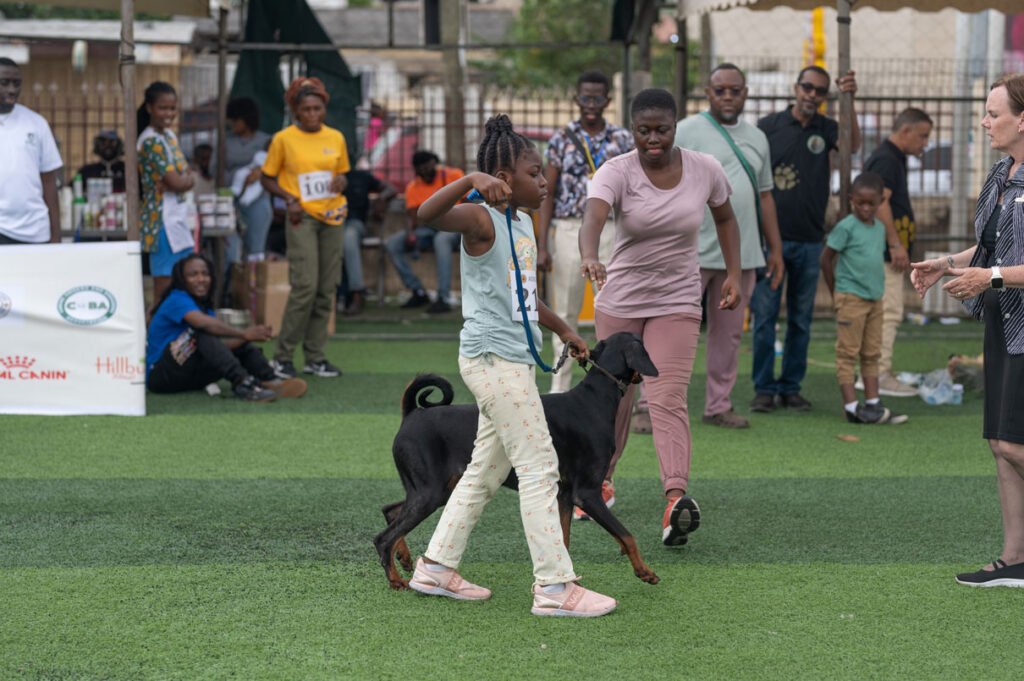
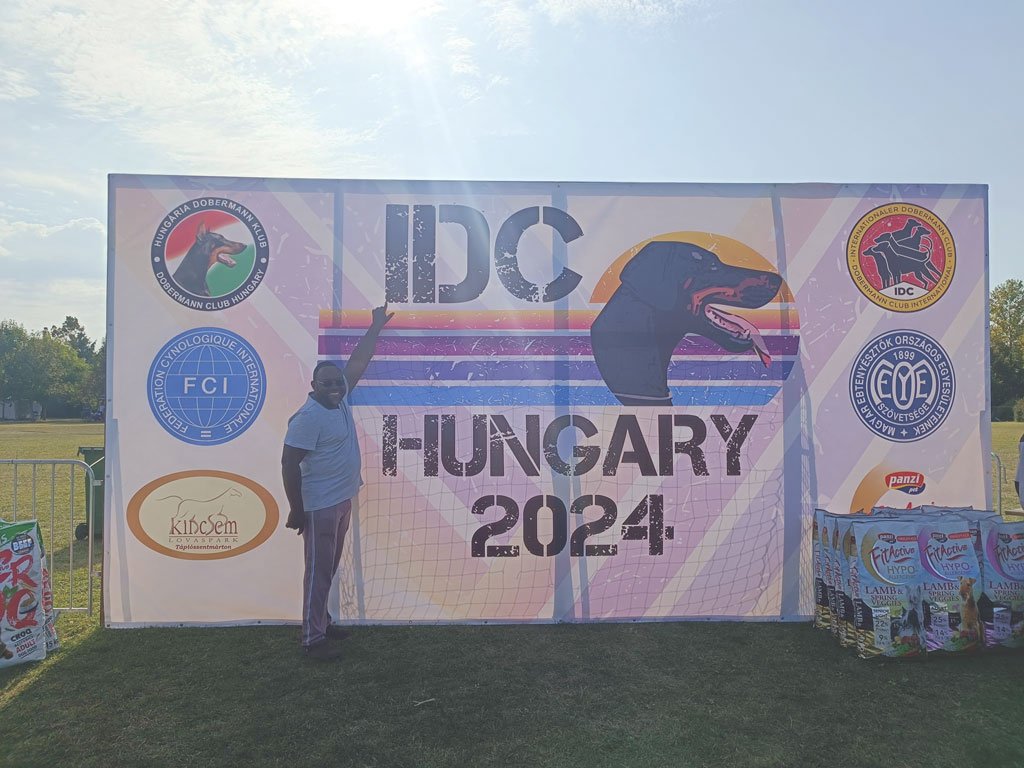
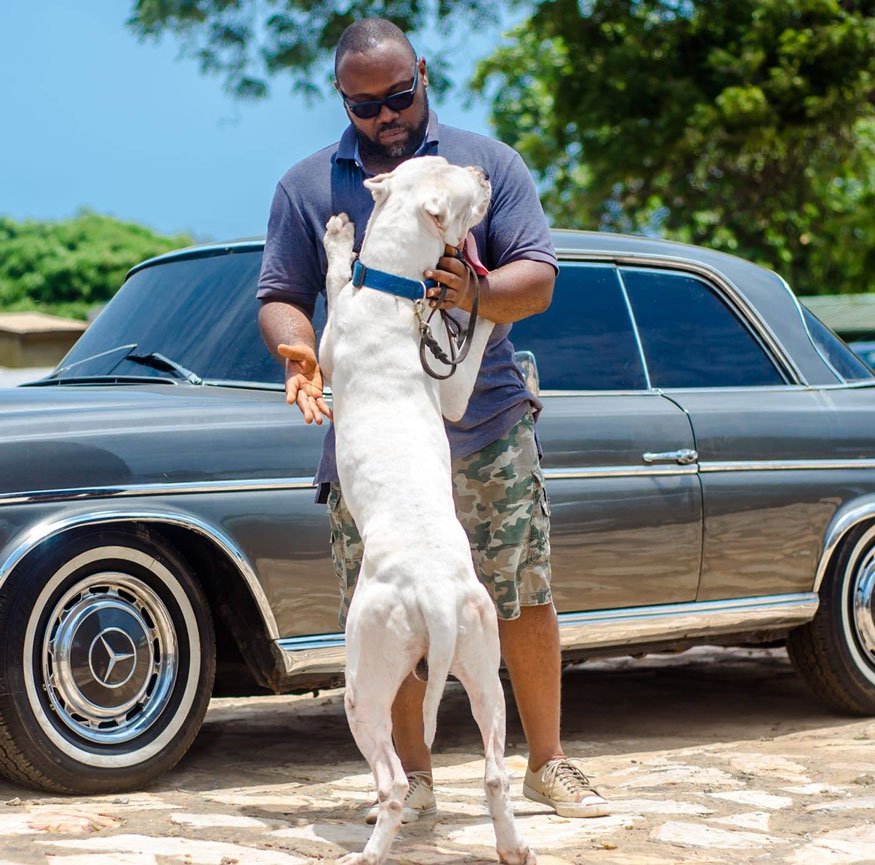
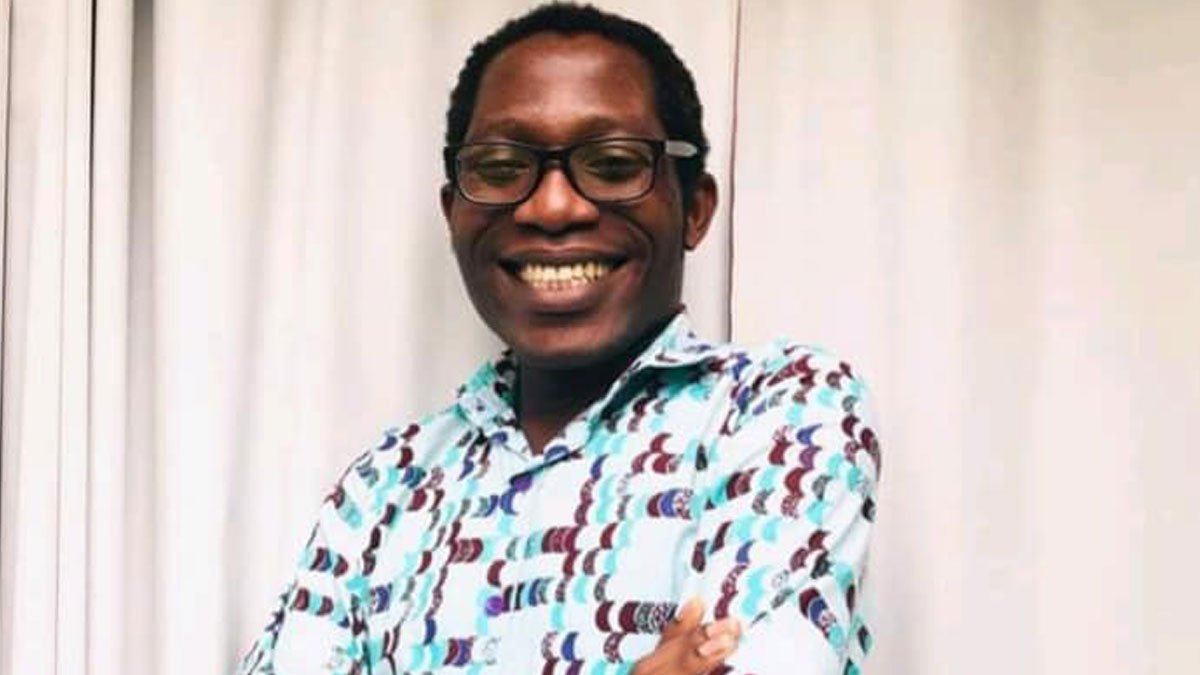
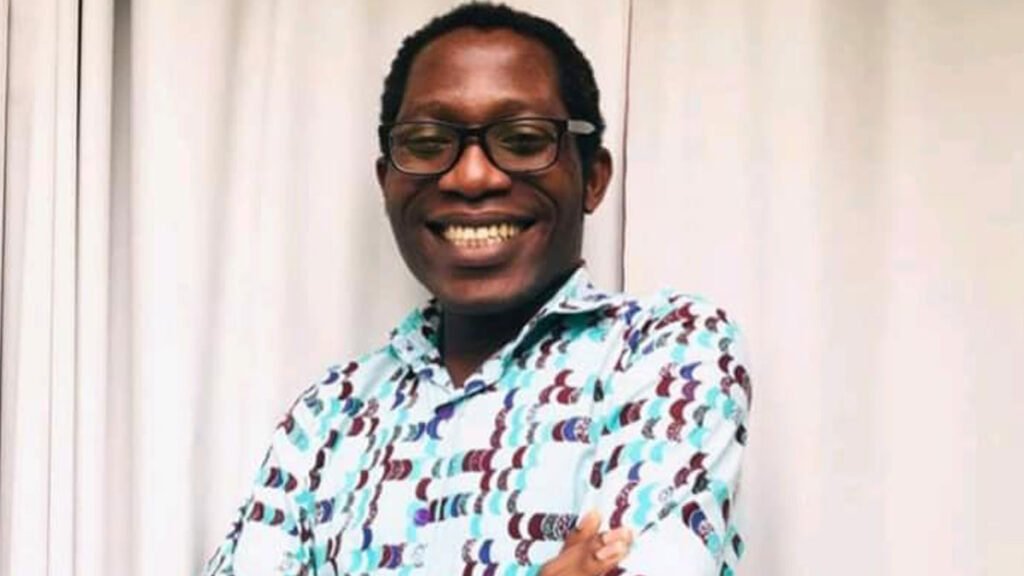
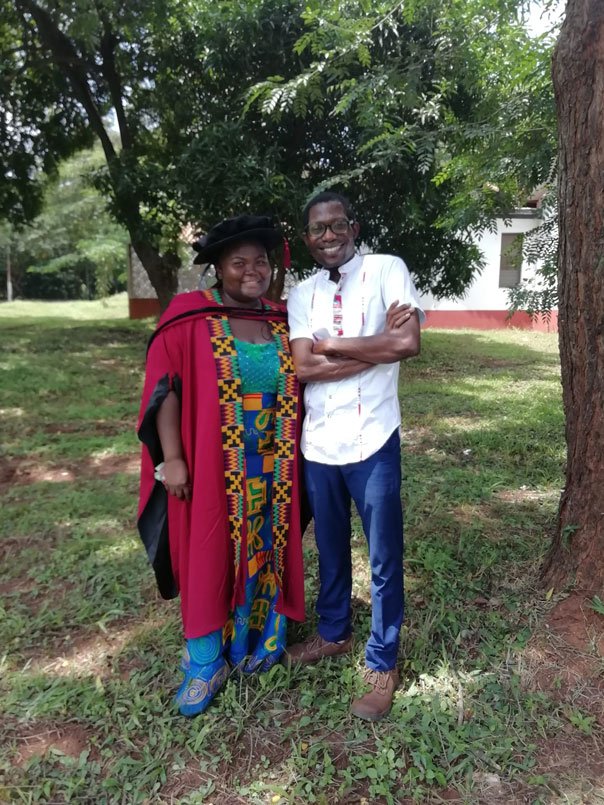
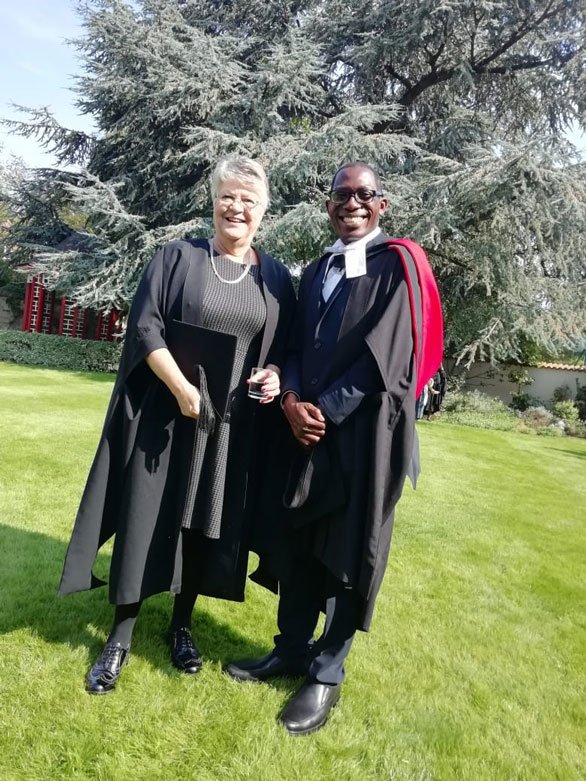
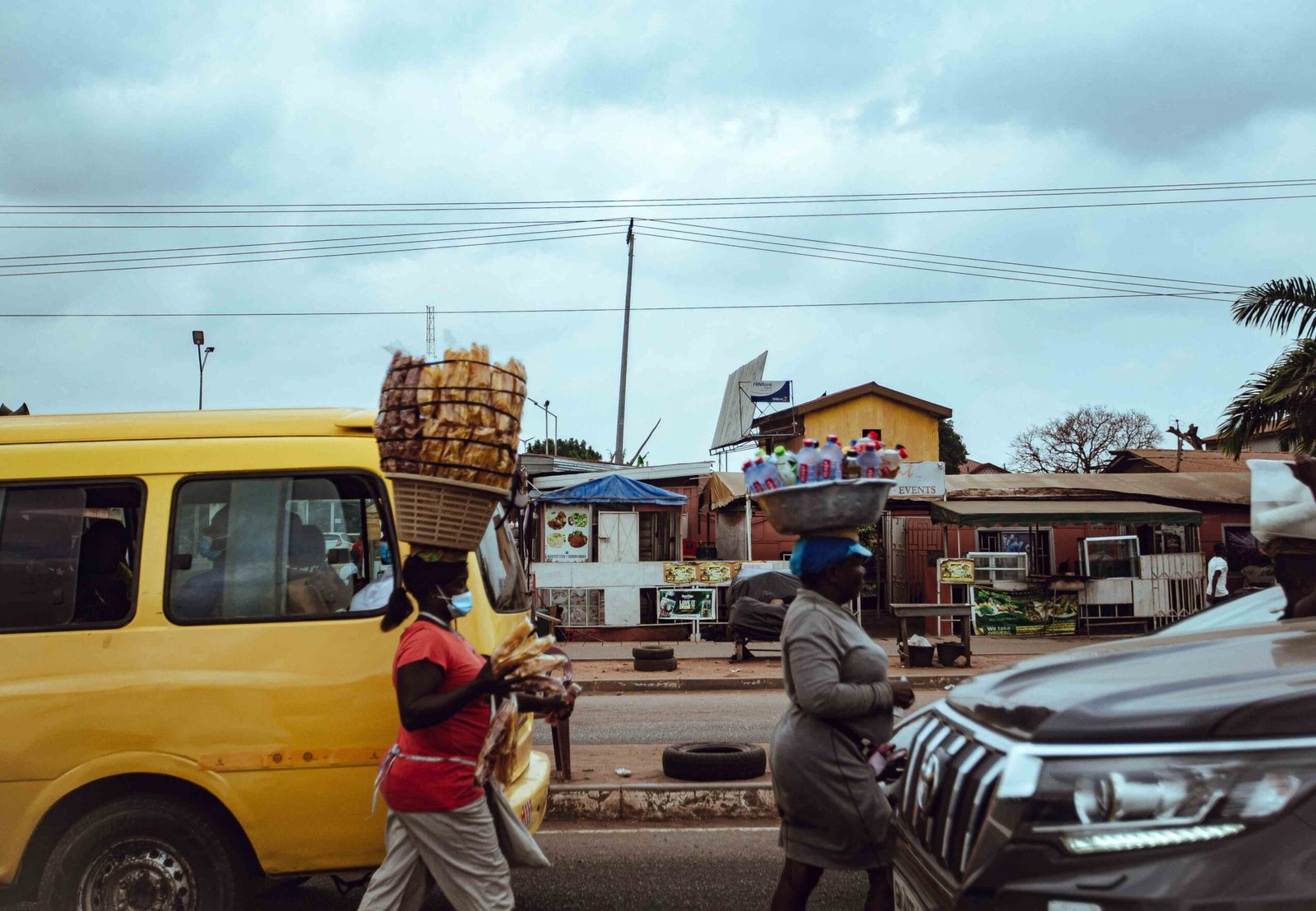

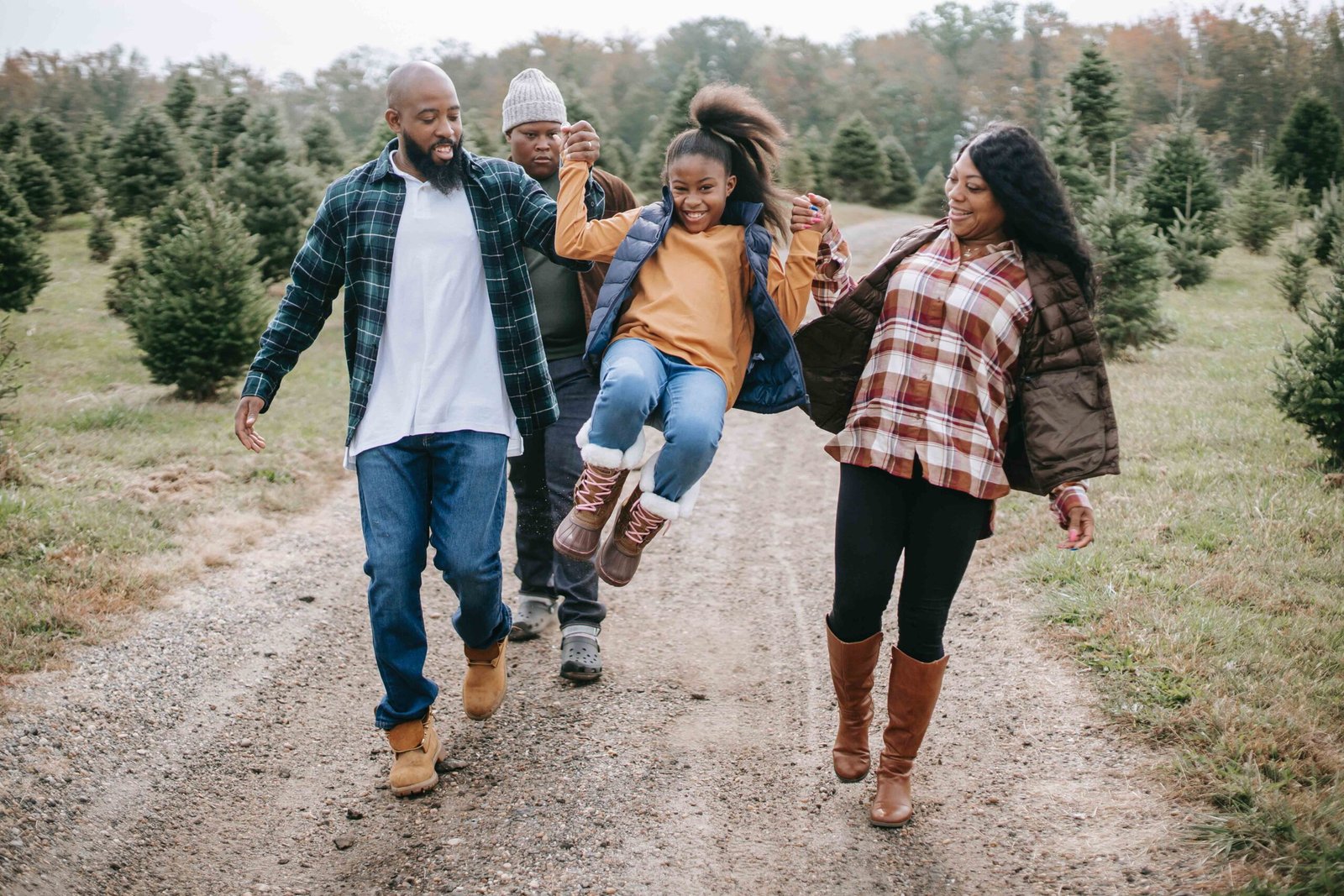
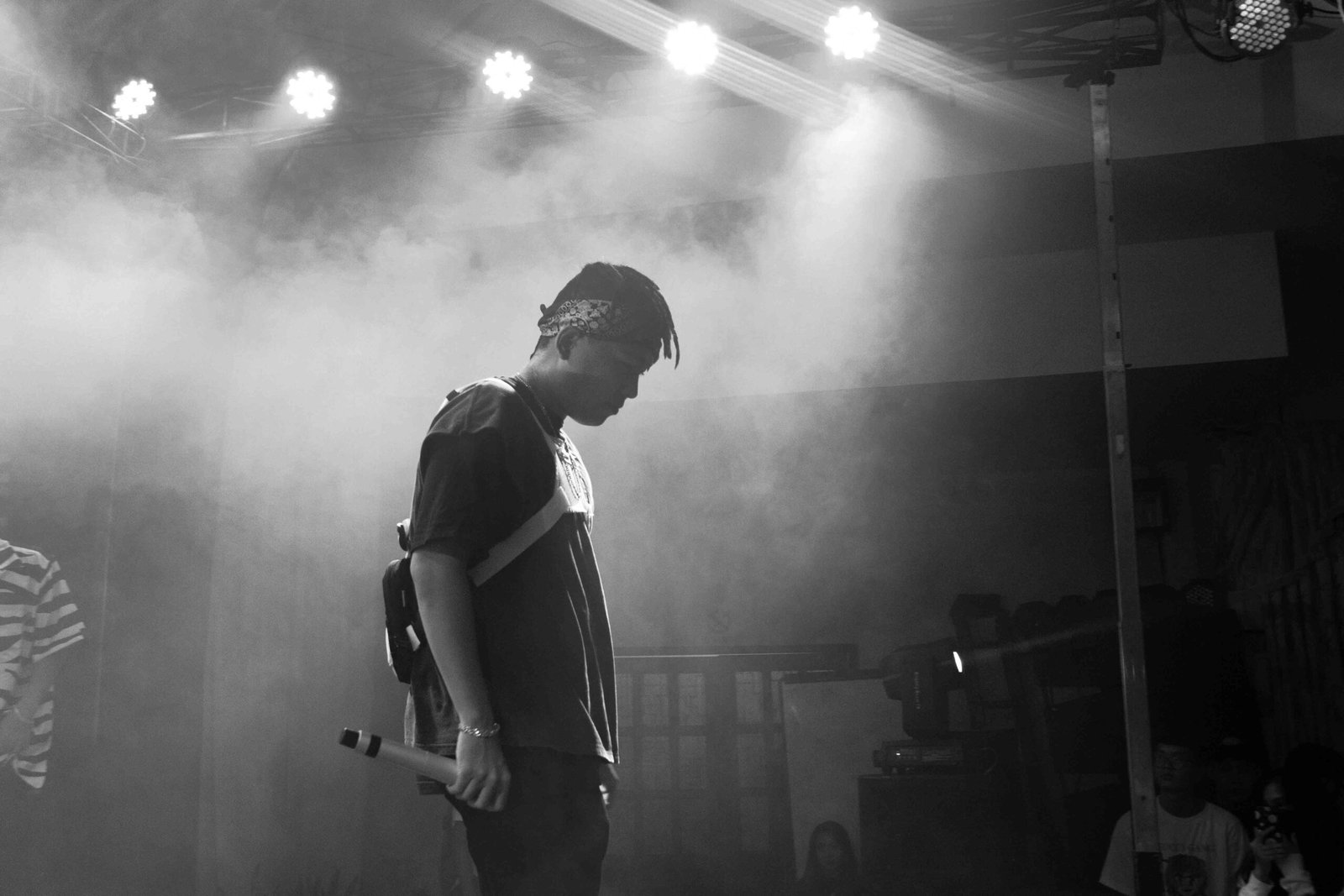
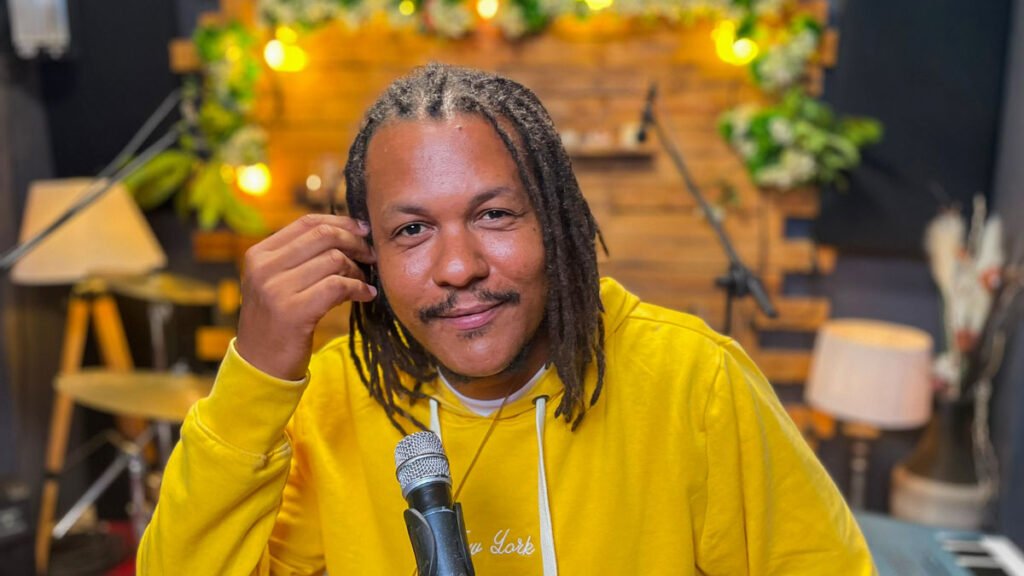
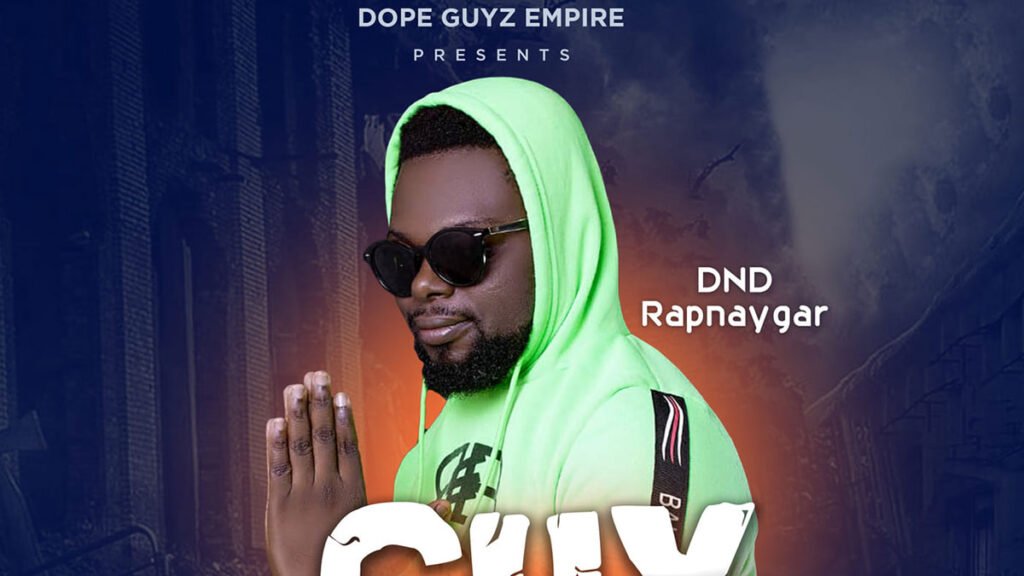
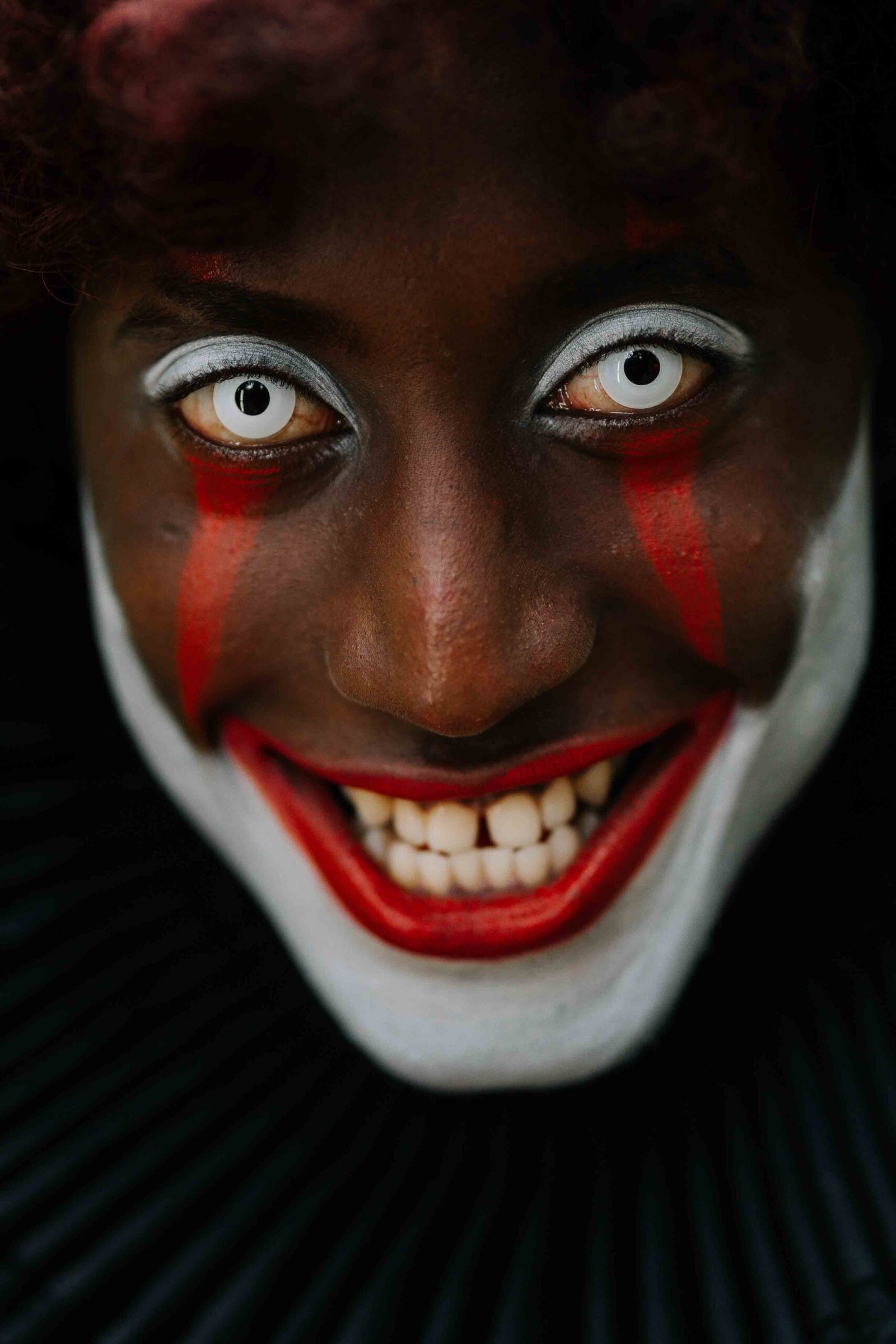
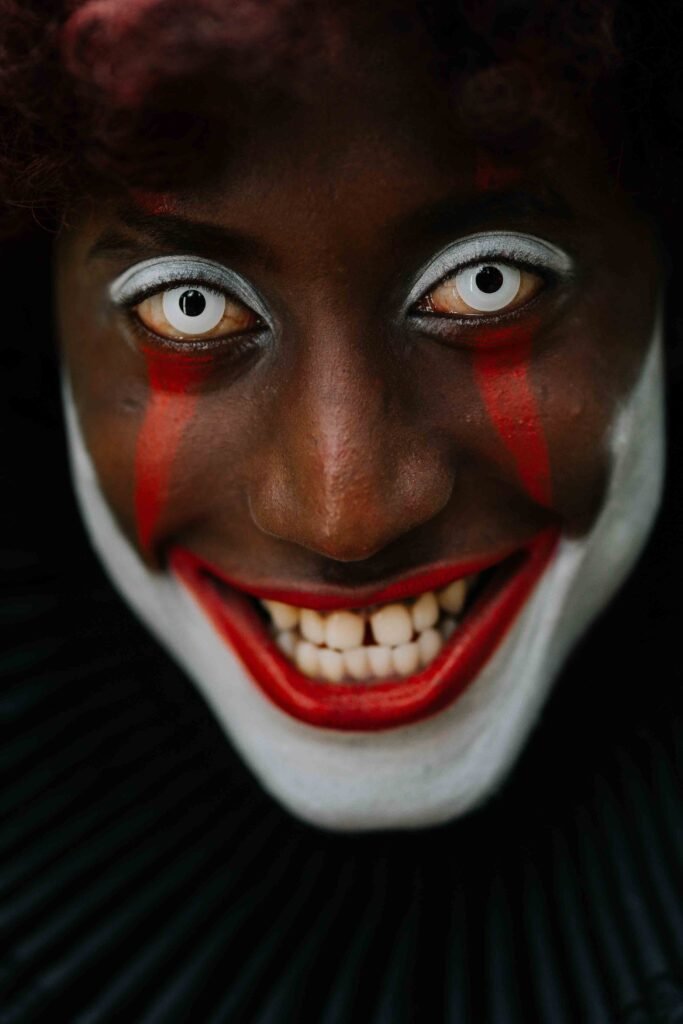

Pingback: TRENDS RUNWAY HELD IN TAMALE - thesavannaonline